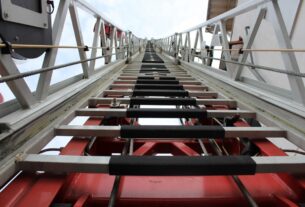Unique ceramics, wells, jugs and a 10th century pit house have been discovered by professionals around Széchenyi Street during the construction of the circuit.
Precious archeological finds have been discovered by archeologists during the excavations prior to the construction of the Western circuit. Leader of the excavation László D. Nagy said that one of the important finds is a 10th century pit house. Historians thought that the area of today’s Széchenyi Street had been populated only in the 15th century whereas numerous 10th century relics have been found there. Besides the pit house, they have found wells from the times of Árpád with very interesting ceramics in them. These findings, however, cannot be exclusively linked to one people, as several peoples including Avars, Slavs and Hungarians conquering the Carpathian basin used to live in this area. László D. Magy explained that although it’s not possible to determine which people’s remains were found in the pit house, the fact that mainly cattle and horse bones were discovered can be a clue since archeo-zoologists say that keeping these animals was typical for Hungarians in that age.
Source: dehir.hu

















